Today’s Actual Astronomy discuss about the faintest thing you can see with naked eye including Milky Way, Moon, Planets, Comets & more.
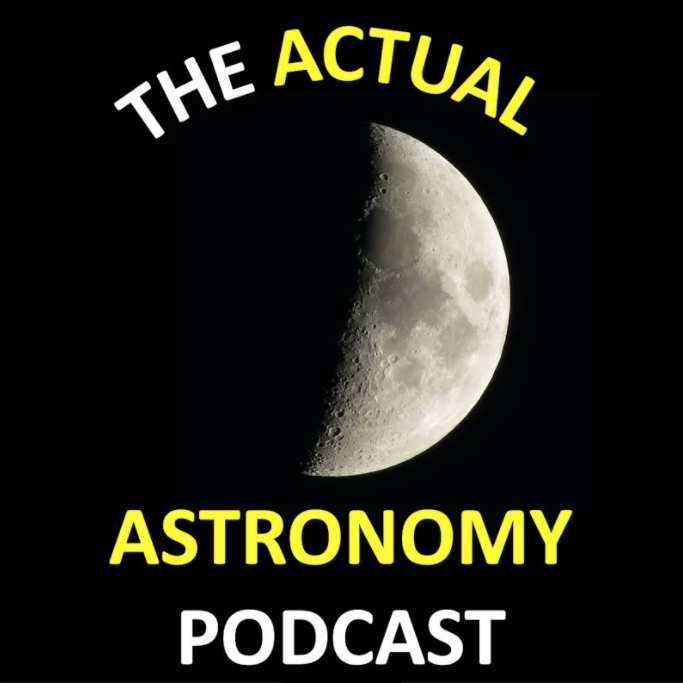

Today’s Actual Astronomy discuss about the faintest thing you can see with naked eye including Milky Way, Moon, Planets, Comets & more.
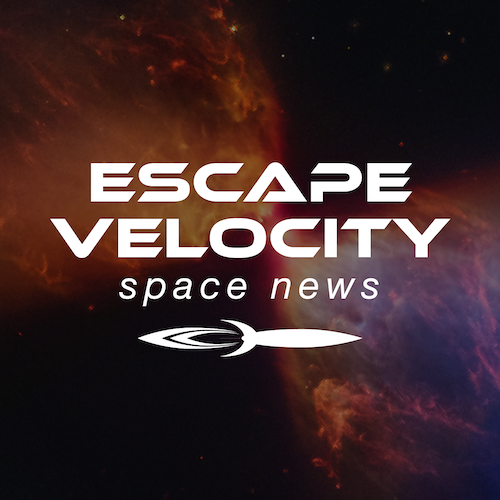
Two new papers examine how the Milky Way galaxy was formed and how it evolved. Plus, we take a look at stories on the prospects for life elsewhere in the cosmos.

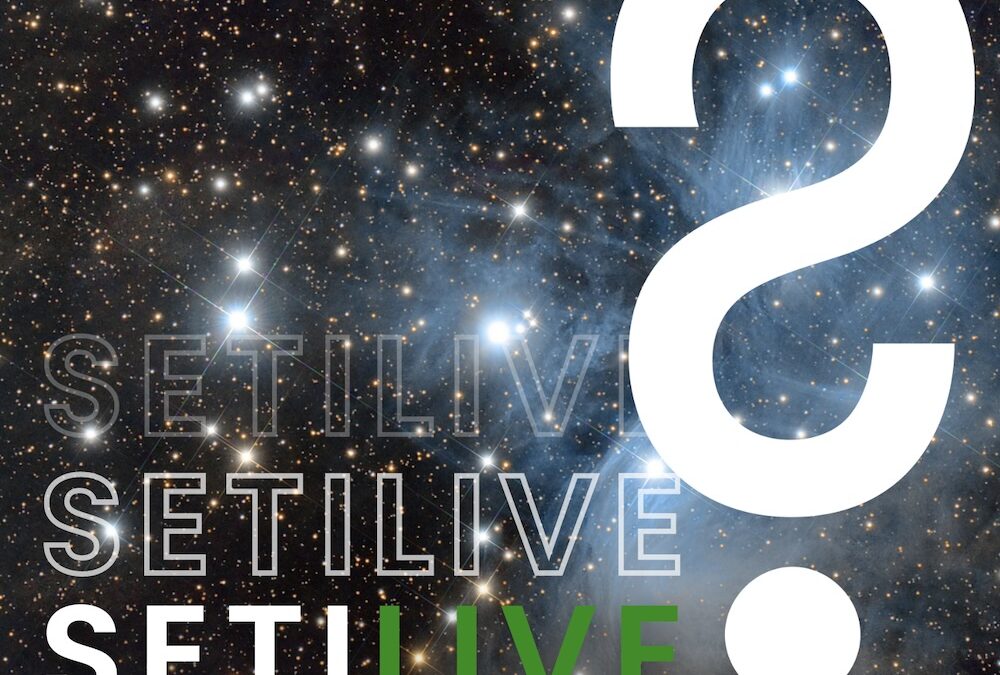
Until now, radio SETI has primarily dedicated its efforts to the search for continuous signals. A new study sheds light on the remarkable energy efficiency of a train of pulses as a means of interstellar communication across vast distances.

Recent observations of twelve different stellar streams around the Milky Way have revealed the effects of dark matter, similar to how lights on a Christmas Tree reveal the shape of the tree in dark.

After so many years, today will be the finale for Weekly Space Hangout. The last episode will feature Andromeda & Milky Way, China’s Mars Rover, exoplanets and the end of InSight.
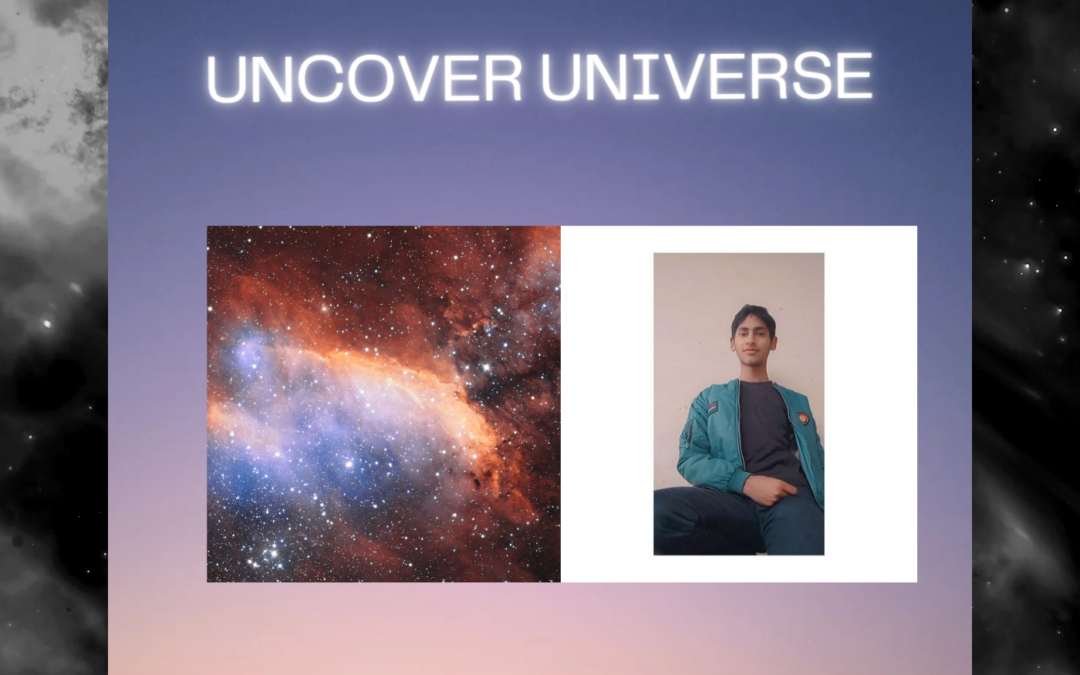
In 2010, gamma ray observations by Fermi Space Telescope revealed an unknown mysterious structure of our home galaxy Milky Way later known as Fermi Bubbles.
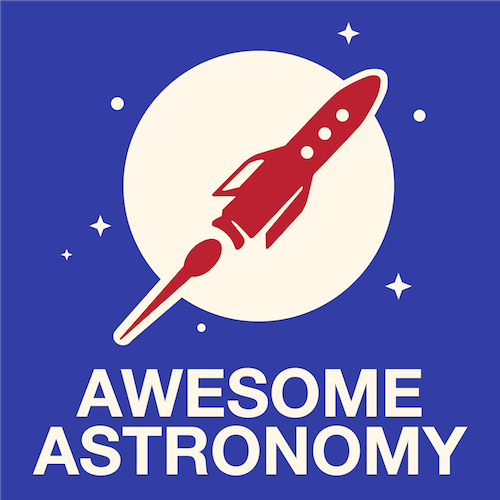
Time for news roundup with @awesomeastropod as well as July sky guide. This episode we have cultural names for Ursa Major, planetary alignment, Mars Storm, Gaia data release and more.

Astronomers recently observe small yet powerful stellar explosion known as Microvoa. So what is micronova and how it happen? And also, Perseverance lost contact with Ingenuity.

Time for newsroundup and skyguide with @AwesomeAstroPod. The team discuss about JWST performance, a milestone of 5000 exoplanet, carbon impact of running large observatories, impossible supermassive blackhole orbit. More at #365DaysOfAstro